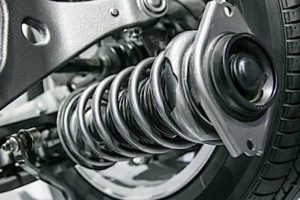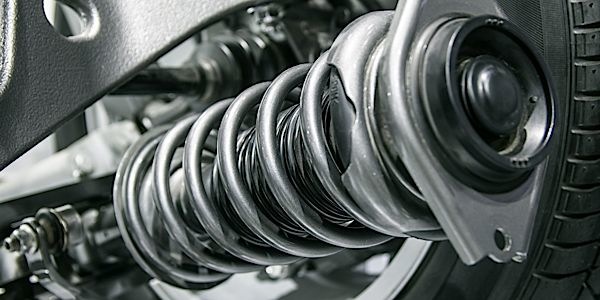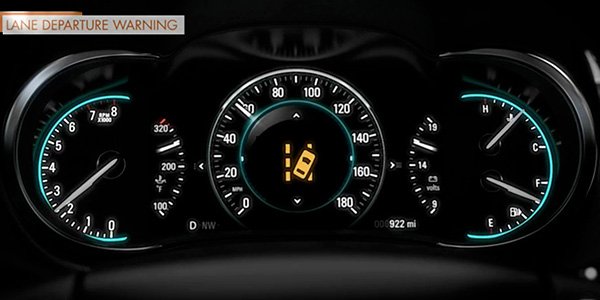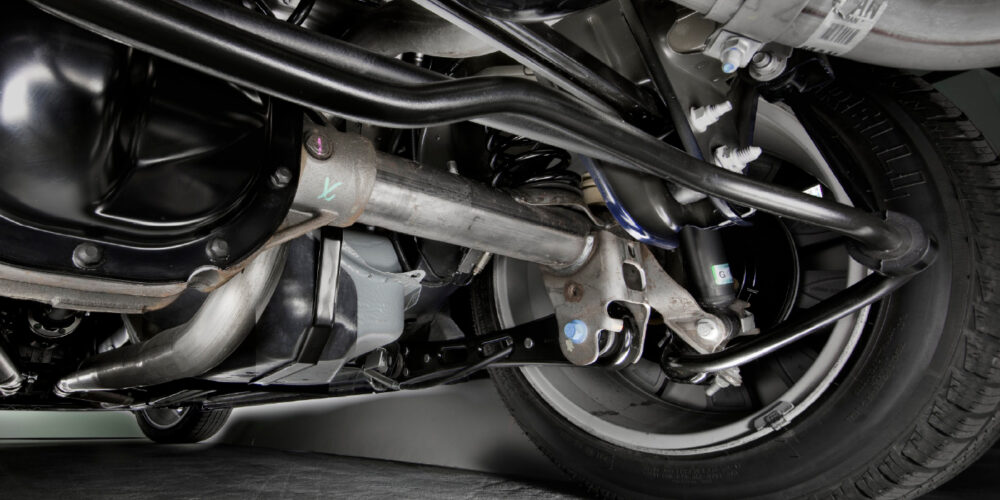
The vast majority of drivers rely on their senses to tell them when it’s time for service. And there are few vehicle components that give off more physical warning signs that service is needed than shocks and struts. That’s why taking a car for a test drive is sometimes the easiest way to confirm your customers’ specific ride control complaints.
Here are four things to watch for when test driving a vehicle that comes in with a ride complaint (and what you can tell your customers to watch for) that point to necessary shock and strut replacement.
1. The Vehicle Bounces
Coil springs are responsible for dampening the transfer of energy when a vehicle drives over bumps, potholes and uneven roads. The vehicle’s shocks and struts help control the movement of the springs so that the wheels don’t move up and down excessively. When these components are stuck, damaged or loose, the tires lose contact with the road as the car is driven, resulting in a bumpy, uncomfortable ride.
A customer doesn’t know about rebound, compression or gas-charged, twin-tubed shocks. What they will feel is how worn or damaged shocks and struts impact ride comfort. Your job is to identify the problem and explain how new shocks and struts can restore their ride to like-new performance.
2. The Front End Dives and/or the Rear Squats
Shocks and struts help keep the vehicle stable during acceleration and braking. When a vehicle’s shocks and struts are damaged, the front end can dive upon braking while the rear end squats during acceleration. This happens when these components aren’t strong enough to handle the weight of the vehicle.
The customer may think that new shocks and struts will simply make their ride smoother, but the truth is that new shocks and struts can do a whole lot more. New shocks and struts can make a vehicle corner and brake like when it was new. This can give them extra stopping distance, better control, and more confidence in emergency situations.
3. The Vehicle Exhibits Signs of Body Roll
Similar to how a vehicle can dip and squat during braking and acceleration events, a car’s stability may also be compromised during cornering. If the shocks are starting to go bad, the body will feel like it is leaning into the turn — even on slight turns. Again, this can be a safety issue that requires immediate action since it can impact braking and steering effectiveness.
Over 50,000 miles, the dampening capabilities of a shock or strut will degrade to the point where it can impact ride and handling, but the driver may not notice since the loss of functionality happens gradually. While your customer may have become accustomed to body lean as a normal part of their driving experience, your fresh perspective can reveal just how bad their shocks and struts have become. This is why a test drive is critical to the inspection process.
4. You Hear Unusual Noises
One of the telltale signs of a suspension system that requires service is unusual noise. As shocks and bushings wear, they lose their ability to properly support the strut. The result is that the strut can bottom out. When the strut bottoms out, the metal-to-metal contact can cause a knocking sound that emanates from the front or rear wheels.
Tire cupping, or scalloping, can be another cause of suspension-related noise. When shock absorbers go bad and cause the tire to recoil faster, there can be patterns of wear that alternate like a series of peaks and valleys. These variations in tire tread lead to a bouncing noise that can be detected during a test drive.














